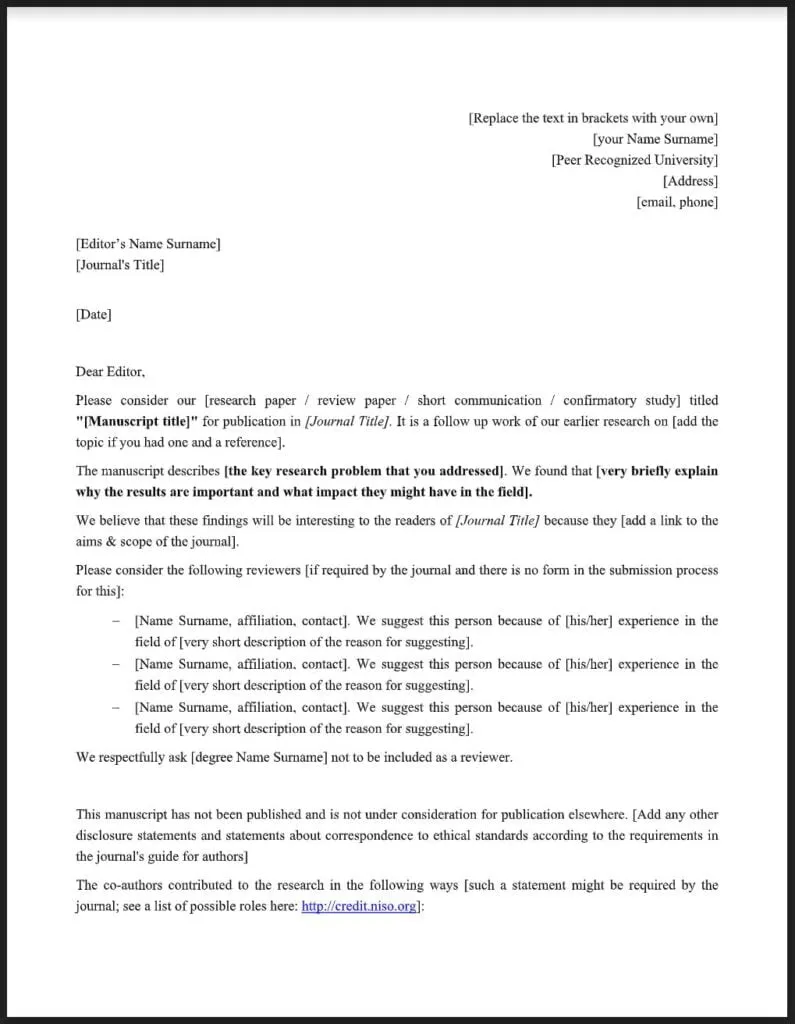Understanding the Research Paper Cover Letter
A research paper cover letter is a crucial document that accompanies your manuscript when you submit it to a journal for publication. It serves as an introduction of your work to the editor, providing context and highlighting the significance of your research. Often overlooked, a well-crafted cover letter significantly increases the chances of your paper being accepted. It is your first and sometimes only chance to make a positive impression. The cover letter is a formal document; therefore, it requires a professional tone and adheres to the journal’s specific guidelines.
Purpose and Importance
The primary purpose of the cover letter is to persuade the editor that your research is a good fit for their journal and is worthy of publication. It briefly summarizes your study, emphasizes its originality, and explains its potential impact on the field. An effective cover letter can set your manuscript apart from others. It demonstrates your understanding of the journal’s scope and audience. Moreover, it showcases your professionalism and attention to detail. A poorly written cover letter can lead to rejection even if the research itself is sound. Therefore, investing time and effort in crafting a compelling cover letter is essential for successful publication.
Key Components of a Cover Letter
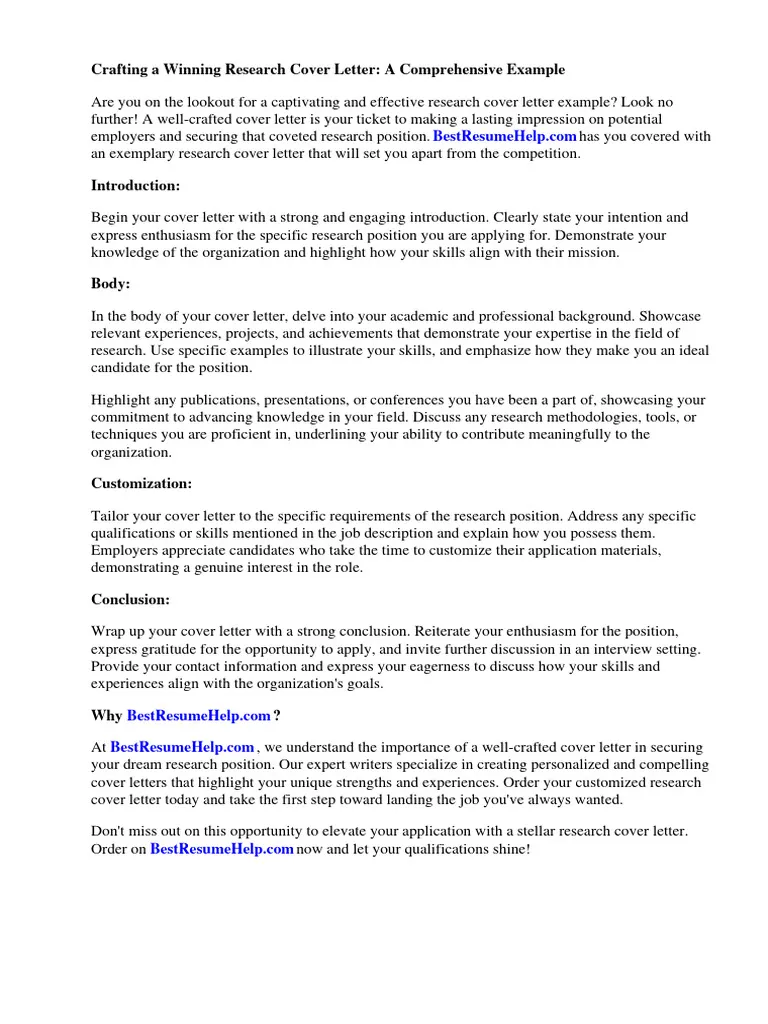
Author Information
Begin with your contact information, including your full name, affiliation, email address, and sometimes your phone number. Also, include the names and affiliations of all co-authors. Ensure all information is accurate and current. Use the same order of authors and affiliations as listed on the manuscript itself. This section sets the foundation for proper identification and correspondence throughout the review process.
Manuscript Details
Clearly state the title of your manuscript. Also, include the type of manuscript (e.g., original research, review article, case study). Provide the date of submission. Mention any supplementary materials or figures that are included. This helps the editor organize your submission efficiently. Be sure to mention the manuscript number if you have previously submitted to the same journal or if the journal has assigned a tracking number.
Why You Chose the Journal
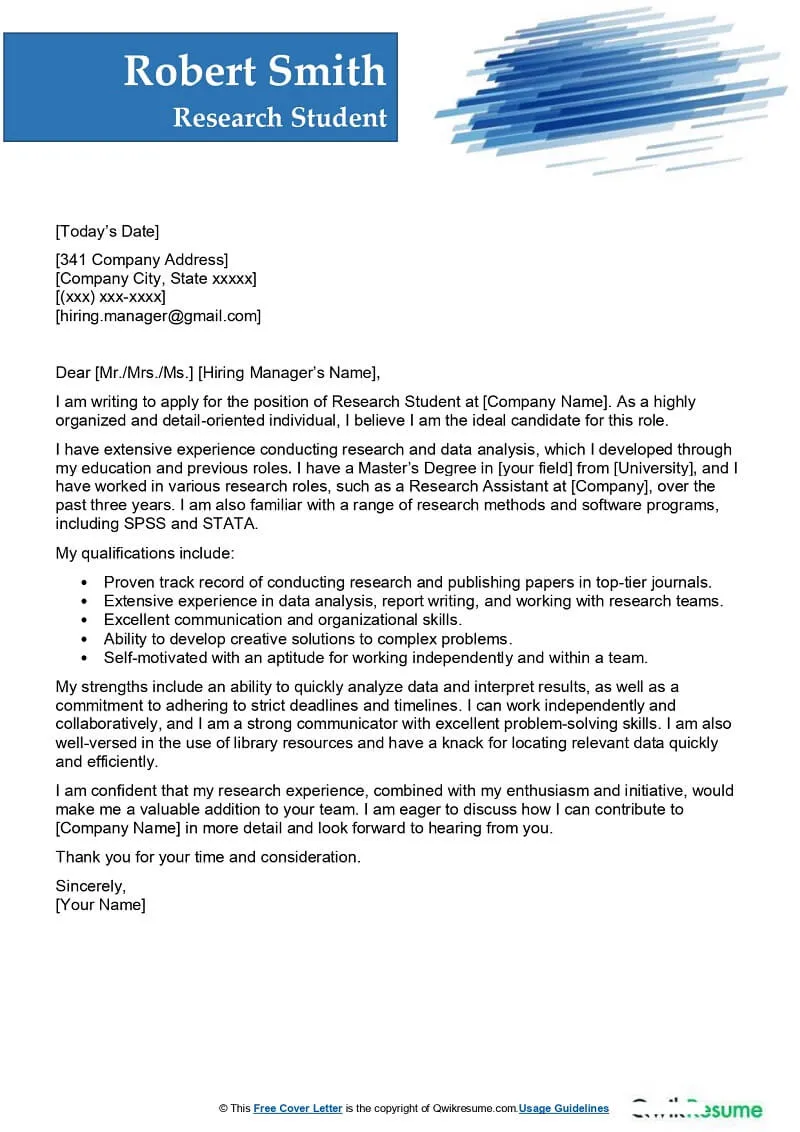
Explain why you selected this particular journal for publication. This demonstrates that you have researched the journal and understand its scope, audience, and aims. Briefly mention how your research aligns with the journal’s focus. This indicates that you have considered the journal’s preferences. You may also mention any specific articles or publications in the journal that inspired your work. This can help demonstrate the relevance of your research to the journal’s readership.
Summary of Findings
Provide a concise summary of your key findings and conclusions. Highlight the most important results and their significance. Avoid technical jargon and use clear, accessible language. Focus on the main points, and keep it brief. Aim for one or two compelling sentences that capture the essence of your research and its impact. This will quickly orient the editor to the topic.
Highlighting Significance
Explain the importance of your research and its potential impact on the field. Discuss the originality and novelty of your findings. State the problem it solves or the gap it fills in the existing literature. Explain how your research contributes to the current understanding of the topic. If applicable, mention the potential implications of your work for practical applications or future research directions.
Conflict of Interest Declaration
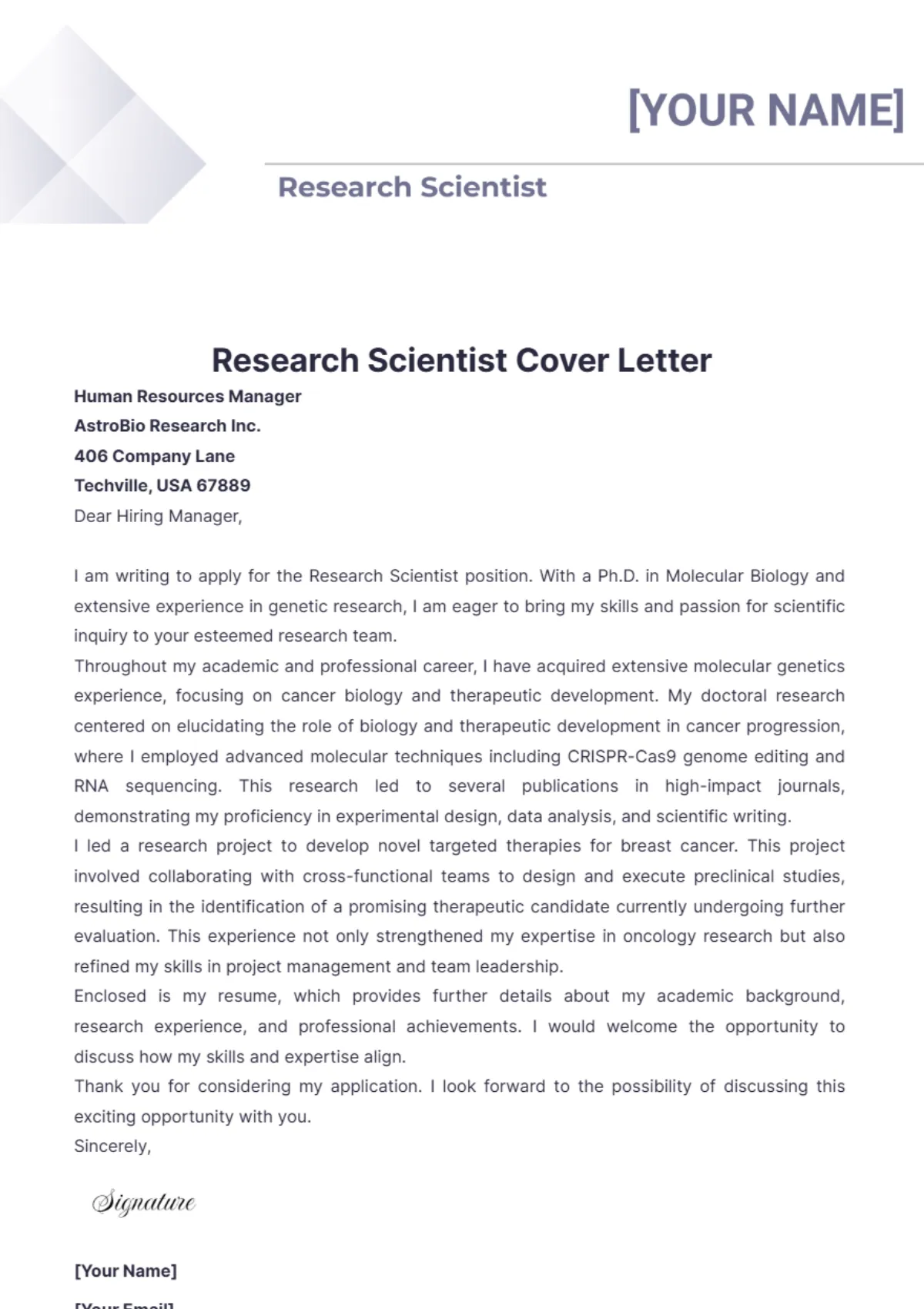
Disclose any potential conflicts of interest, such as financial interests or affiliations. If there are no conflicts of interest, state this clearly. This demonstrates transparency and ethical conduct. Follow the journal’s guidelines on conflict of interest declaration. Provide any relevant details if a conflict exists, to ensure the editor can make an informed decision.
Acknowledgements
Acknowledge any funding sources, individuals, or organizations that supported your research. Express gratitude to anyone who provided significant assistance. Be specific about the nature of their contributions. This section also allows you to thank the journal’s editorial staff for their time and consideration.
Formatting Your Cover Letter
Structure and Style
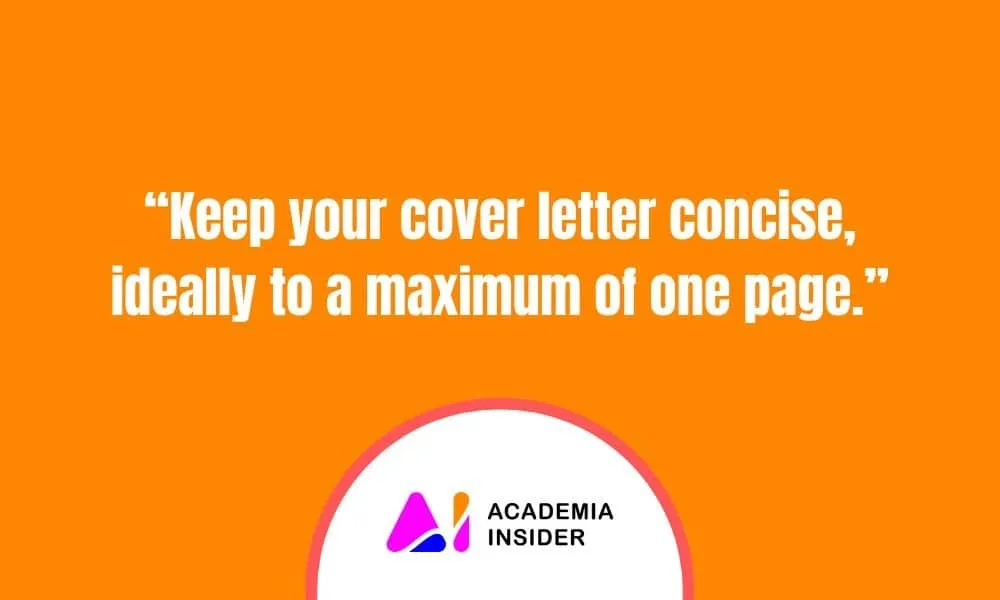
Follow a standard business letter format with a clear introduction, body, and conclusion. Start with a formal salutation, addressing the editor by name if possible. Use a professional and respectful tone throughout. Keep the letter concise and to the point. Aim for one page or less. Ensure each section is well-defined and easy to understand. Use a logical flow of ideas, with clear transitions between paragraphs.
Font and Spacing
Use a standard font such as Times New Roman or Arial, with a font size of 12 points. Maintain consistent spacing, typically single-spaced within paragraphs and double-spaced between paragraphs. Use proper margins (typically one inch on all sides) for a clean and professional appearance. Ensure the formatting is easy to read and visually appealing.
Tone and Language
Use formal and professional language. Avoid slang, jargon, or overly casual expressions. Be polite and respectful in your tone. Clearly and accurately convey your information, and proofread everything thoroughly. Use active voice whenever possible for clarity and directness. Ensure that your writing is easily understandable by the target audience.
Essential Tips for Writing
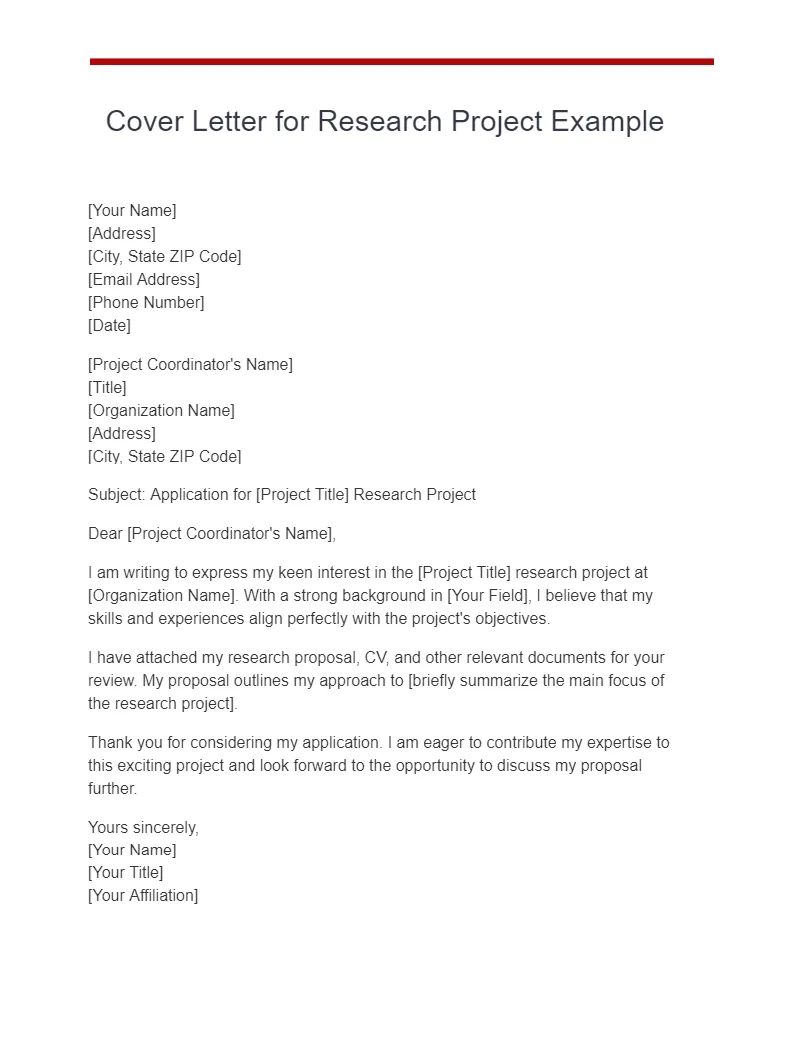
Tailoring to the Journal
Customize your cover letter for each journal to which you submit. Research the journal’s specific requirements and guidelines. Address the editor by name if known. Mention the journal’s aims and scope to demonstrate a good fit. Highlight how your research aligns with the journal’s focus. Adapt your language and style to match the journal’s tone.
Proofreading and Editing
Thoroughly proofread your cover letter for any grammatical errors, spelling mistakes, or typos. Check for clarity, coherence, and logical flow. Ask a colleague or friend to review your letter. Ensure that all information is accurate and up-to-date. Revise the letter as needed. Proper proofreading is critical to making a professional impression.
Common Mistakes to Avoid
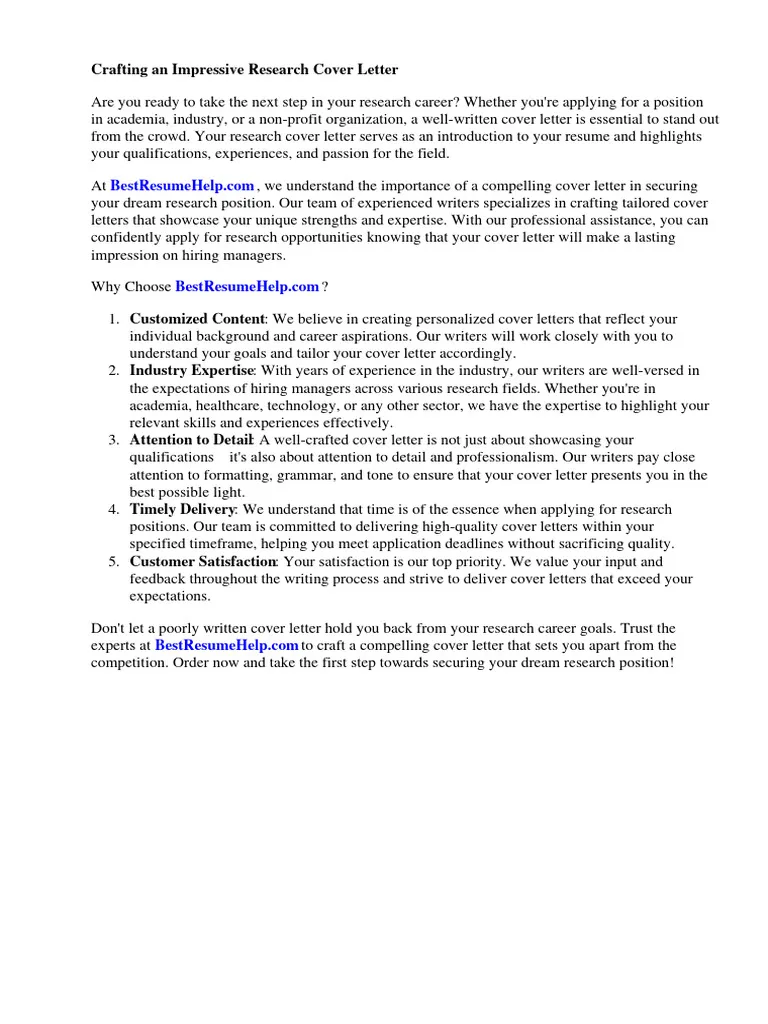
Do not use generic or overly casual language. Avoid lengthy or irrelevant details. Refrain from overselling or making unsubstantiated claims. Do not submit a cover letter that is poorly formatted or contains errors. Ensure that you have properly addressed the editor by name. Do not submit the wrong manuscript to the journal, or the incorrect file. Make sure the cover letter is tailored to the specific journal.
Cover Letter Examples
Example 1 Brief Overview
This example provides a concise and focused cover letter, highlighting the key elements and emphasizing the importance of the research. It includes author information, manuscript details, and a brief summary of the findings, significance, and why the journal was selected. It presents a well-structured cover letter that is easy to understand. It clearly indicates that the authors have an understanding of what it takes to be published, and it is easy to read and digest the letter.
Example 2 Detailed Analysis
This example demonstrates a more detailed cover letter. It delves deeper into the research’s significance, its originality, and its potential impact on the field. The letter provides a more comprehensive overview of the research and its implications. It is written in a formal tone and is an example of how to present your work effectively. By providing a detailed analysis, the researchers can increase the likelihood of the work being accepted for publication.
In conclusion, a well-crafted cover letter is an essential part of your research paper submission. It can significantly impact the editor’s first impression of your work. By understanding the key components, following formatting guidelines, and avoiding common mistakes, you can create a cover letter that effectively communicates your research’s value. It can also help you to achieve successful publication of your work. Remember to tailor each cover letter to the specific journal and always proofread carefully. Good luck!
